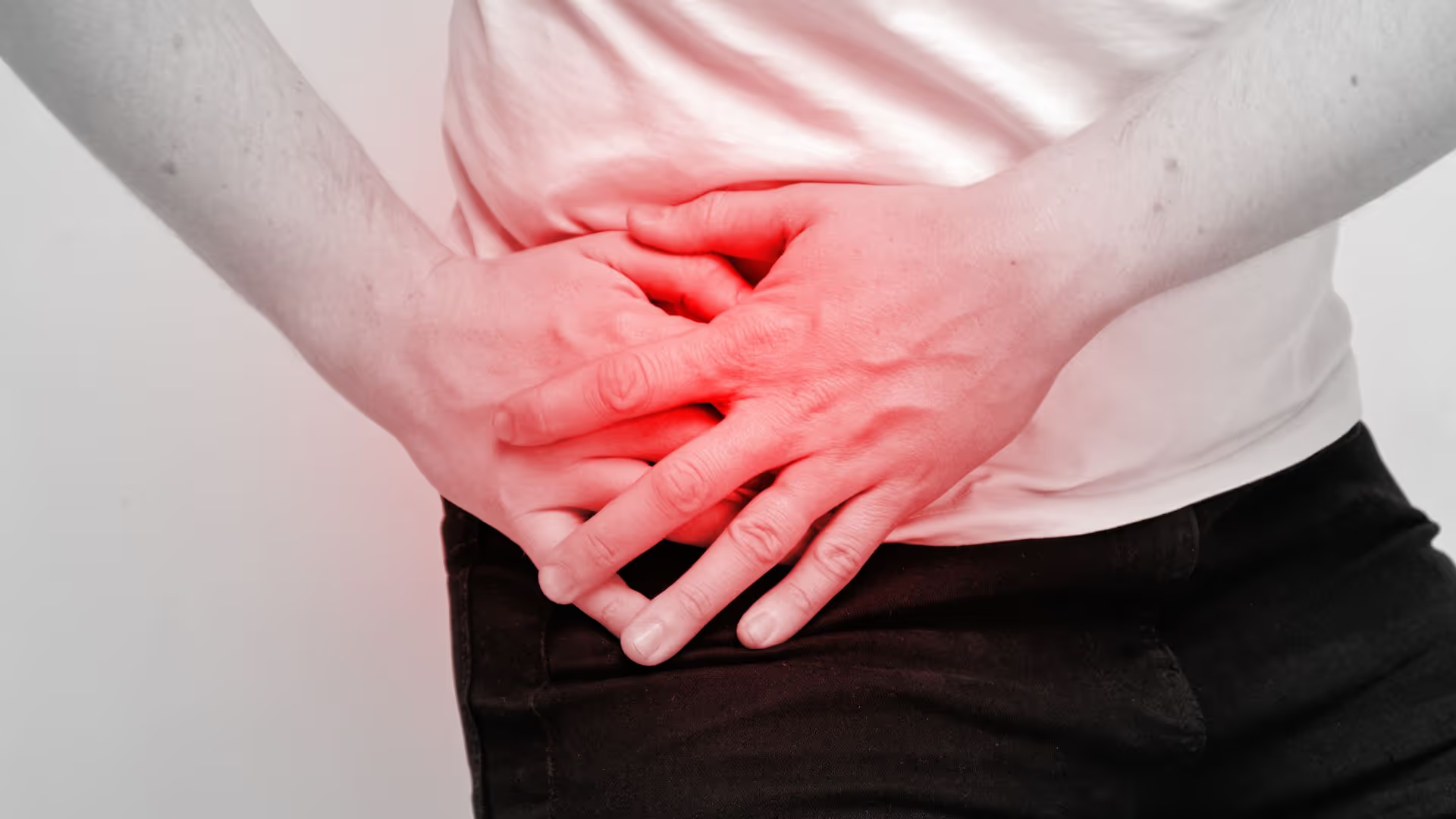
Imagine a small, finger-shaped pouch that projects from your large intestine, tucked away in your lower right abdomen. This unassuming organ is your appendix, and while its exact function remains somewhat of a medical mystery, when it becomes inflamed, it can lead to a potentially life-threatening condition known as appendicitis. This medical emergency requires prompt attention, as a ruptured appendix can spread infection throughout the abdomen, leading to severe complications. Understanding the tell-tale symptoms, recognizing the common causes, and knowing the crucial treatment steps are not just beneficial, but absolutely vital for anyone experiencing unexplained abdominal pain. This comprehensive guide will equip you with the knowledge to identify the warning signs of appendicitis, explain why it happens, and outline the critical medical interventions available, emphasizing the urgency of seeking immediate care when this condition strikes.
Appendicitis is an inflammation of the appendix, a small, finger-shaped pouch that projects from your colon on the lower right side of your abdomen. While its precise purpose in the human body is still debated, it is thought to play a role in the immune system. However, when it becomes inflamed, it can quickly become a serious medical problem.
The inflammation typically leads to:
Potential Rupture: If left untreated, the inflamed appendix can burst, spilling infectious material into the abdominal cavity, leading to peritonitis (a severe infection of the abdominal lining) and potentially sepsis.
Appendicitis can affect anyone, but it is most common in people between the ages of 10 and 30. It is one of the most frequent causes of acute abdominal pain requiring emergency surgery worldwide.

Recognizing the symptoms of appendicitis is crucial for prompt diagnosis and treatment. The signs often develop over time and can vary from person to person, but there's a typical pattern to watch for.
Classic Progression of Appendicitis Pain
The pain associated with appendicitis often follows a characteristic sequence:
Other Common Symptoms Accompanying the Pain
Beyond the pain, several other symptoms commonly accompany appendicitis:
Atypical Symptoms and Variations
It's important to note that appendicitis doesn't always present with the classic symptoms, especially in certain populations:
The exact cause of appendicitis isn't always clear, but it typically occurs when the appendix becomes blocked. This blockage can lead to inflammation, swelling, and infection.
Common causes of this blockage include:
Once the appendix is blocked, bacteria naturally present in the gut can multiply rapidly inside the appendix, leading to infection, swelling, and pus formation. The pressure inside the appendix increases, reducing blood flow to its walls, which can lead to tissue death (necrosis) and eventually a rupture if not treated promptly.
Diagnosing appendicitis involves a thorough clinical examination and several diagnostic tests:
Clinical Evaluation:
Additional Diagnostic Tests:
Appendicitis is considered a medical emergency, and in most cases, the standard treatment is surgical removal of the appendix. Delaying treatment can lead to severe complications.
1. Appendectomy (Surgical Removal of the Appendix)
This is the definitive treatment for appendicitis. There are two main surgical approaches:
Both procedures are performed under general anesthesia. The goal is to remove the inflamed appendix before it ruptures.
3. Additional Treatments:
There’s no guaranteed way to prevent appendicitis, but you can lower risk by:
Experiencing sudden, severe abdominal pain can be alarming, and knowing the critical signs of conditions like appendicitis is paramount. At Fakeeh University Hospital in Dubai, we understand the urgency and seriousness of such medical emergencies. Our commitment to providing rapid, accurate diagnosis and immediate, effective treatment for acute abdominal conditions, including appendicitis, is unwavering.
Our emergency department operates 24/7, equipped with advanced diagnostic imaging capabilities and staffed by highly experienced emergency physicians and general surgeons. We are prepared to swiftly evaluate your symptoms, confirm the diagnosis, and initiate the necessary life-saving interventions, such as a laparoscopic or open appendectomy. Our integrated approach ensures seamless transition from emergency assessment to surgical care and post-operative recovery, all under one roof.
Don't ignore the warning signs of appendicitis. If you or a loved one experiences severe or worsening abdominal pain, especially if it shifts to the lower right side and is accompanied by nausea, vomiting, or fever, seek immediate medical attention.
For urgent medical care, proceed directly to the Emergency Department at Fakeeh University Hospital. For less urgent inquiries or to learn more about our comprehensive surgical services,
📍 Fakeeh University Hospital – Dubai Silicon Oasis
📞 Call: +971 4 414 4444

It is extremely rare for appendicitis to resolve on its own, and relying on it to do so is very dangerous. While some mild cases might temporarily improve with antibiotics, the underlying blockage usually remains, leading to a high risk of recurrence or progression to rupture. Surgical removal is the definitive treatment.

Yes, appendicitis is always considered a medical emergency. While it may not always rupture immediately, the risk of rupture increases over time. A ruptured appendix can lead to peritonitis, a life-threatening infection of the abdominal lining, and sepsis. Therefore, prompt medical attention is crucial.

There's no definitive way to prevent appendicitis, as its causes are often related to anatomical blockages that aren't easily avoidable. However, a diet rich in fiber may help maintain healthy bowel movements and potentially reduce the risk of fecalith formation.

The progression varies, but typically, an inflamed appendix can rupture within 24 to 72 hours from the onset of symptoms, though it can happen sooner or later. This emphasizes the need for rapid diagnosis and treatment.

If the appendix ruptures, the initial sharp pain might temporarily lessen as the pressure inside the appendix is relieved. However, this temporary relief is usually followed by a more widespread, severe, and generalized abdominal pain as the infection spreads throughout the abdominal cavity (peritonitis). Fever typically rises significantly, and the patient's condition rapidly deteriorates.
%252520(1).avif)

